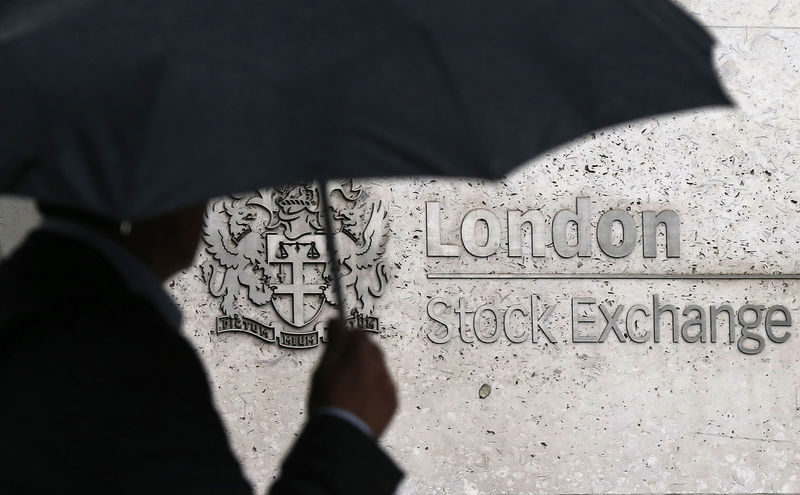Investing.com – The US economy unexpectedly added more jobs in December versus the prior month, according to a monthly report that could factor into how the Federal Reserve approaches possible future interest rate cuts.
Nonfarm payrolls increased by 256,000 jobs last month after rising by a downwardly revised 212,000 in November, the Labor Department’s Bureau of Labor Statistics said. Economists had forecast an uptick of 164,000 roles.
Meanwhile, the unemployment rate came in at 4.1%. Forecasts had seen the figure matching November’s pace of 4.2%. Month-on-month, average hourly earnings growth also to slowed 0.3% from 0.4%, in line with estimates.
Fed policymakers, who slashed borrowing costs by 25 basis points in December and a full percentage point in total last year, have recently signaled some caution over further reductions due in part to recent signs of resilience in US labor demand.
Minutes released earlier this week from the Fed’s latest meeting also suggested that some members are becoming more focused on President-elect Donald Trump’s plans to introduce sweeping new tariffs on allies and adversaries alike.
The minutes showed that officials were particularly worried a cooling in price growth may be impacted by Trump’s policy changes, adding that the process of inflation easing down to the central bank’s eventual target of 2% “could take longer than previously anticipated.”
Overnight, statements from several Fed officials indicated that staff are widely in agreement that there is no rush to roll out more rate cuts.
“The Dec[ember jobs report] is hot on nearly every metric […] and the result is higher yields and a hawkish shift in Fed expectations, although subdued wage numbers will provide comfort to Powell and his colleagues, who will likely continue looking at labor conditions as being noninflationary despite the elevated pace of employment creation,” analysts at Vital Knowledge said.
Stock market futures on Wall Street were lower following the release, while benchmark US 10-year Treasury yields moved higher. Yields typically move inversely to prices.



